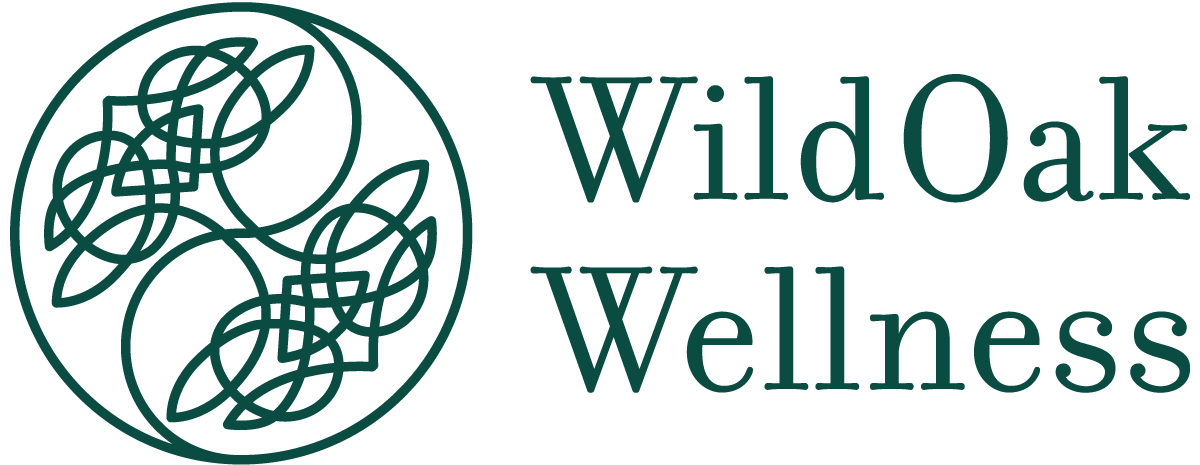Reverse Breathing
The Ancient Art of Reverse Breathing: Unlocking the Secrets of Qi Cultivation
Reverse breathing is a fascinating practice with deep roots in Daoist (Taoist) traditions, tracing back centuries in Chinese culture. Known for its resemblance to the natural breathing patterns of infants in the womb, this technique—also called prenatal or womb breathing—has been integral to cultivating qi (vital energy) and promoting health and longevity.
Historically, reverse breathing has been a secret weapon for martial artists and internal arts practitioners. By mastering this technique, they've amplified their striking power, stability, and balance. Despite evolving through various Daoist lineages, the essence of reverse breathing remains unchanged: it involves inhaling by contracting the abdomen and pelvic floor muscles and exhaling by directing the breath either downward or upward while keeping the body relaxed.
Today, reverse breathing is practiced by those eager to deepen their understanding of qigong cultivation techniques and enhance their overall well-being. Its historical significance underscores its enduring relevance in modern wellness practices.
Mastering Reverse Breathing for Enhanced Vitality
Breathing is something we do every day without thinking, yet the way we breathe can have a profound impact on our physical and emotional health. Reverse breathing, a powerful Daoist technique, can help you harness qi energy and bring a new level of vitality to your life. Here’s how you can incorporate it into your routine:
Important Note: Avoid practicing reverse breathing if you are pregnant, menstruating, or have any injury to the abdominal or pelvic area. This technique increases pressure in the abdominal cavity, which could exacerbate these conditions.
What is Reverse Breathing?
Natural Inspiration: Reverse breathing mimics the breathing patterns of babies in the womb.
Technique Breakdown:
Inhalation: Contract your abdomen and pelvic floor muscles.
Exhalation: Direct the breath downward toward your lower back or up into the solar plexus while relaxing your belly.
Why Practice Reverse Breathing?
Deeper Connection: Advocates consider it a more profound and efficient way of breathing.
Unconscious Use: It naturally occurs during belly laughs, crying, pushing heavy objects, or yawning.
Internal Arts: Used to move qi energy through the body, enhancing balance, stability, and power.
Martial Arts: Boosts striking power and grounds qi with rapid exhalation.
How to Practice Reverse Breathing
Get Comfortable: Sit in a comfortable position with an upright spine.
Perfect Your Posture: Gently press the tip of your tongue against the roof of your mouth behind your front teeth and slightly tuck your chin.
Hand Placement: Form a triangle with your hands over your lower abdomen, with your thumbs touching just above the navel.
Breathing Technique:
Inhale: Gently pull the lowest part of your abdomen inward toward your spine while keeping your hands in place.
Exhale: Release the breath through your mouth, allowing your abdomen to naturally expand outward.
Consistent Practice: Repeat this cycle for ten rounds, focusing on gentle pressure and maintaining relaxation.
Cautions and Considerations
Beginner Friendly: Start slow, especially if you're new to abdominal breathing.
Avoid Tension: Incorrect technique can cause tension in the face, neck, and chest, and may lead to issues like chest pain, diarrhea, increased heart rate, or elevated blood pressure.
Listen to Your Body: Gradually integrate reverse breathing into your practice and pay attention to how your body responds.
Avoid Reverse Breathing while menstruating, during pregnancy, or with any injury to the abdominal or pelvic area that could be made worse
Conclusion
By mindfully incorporating reverse breathing into your daily routine, you can tap into its powerful benefits for vitality, balance, and overall well-being. Practice consistently, listen to your body, and seek guidance from experienced instructors to unlock the full potential of this ancient technique. Embrace the wisdom of the past and bring new energy into your life today!
Note: If you experience any discomfort or adverse effects while practicing this breathing technique, discontinue immediately and seek advice from a qualified instructor.

